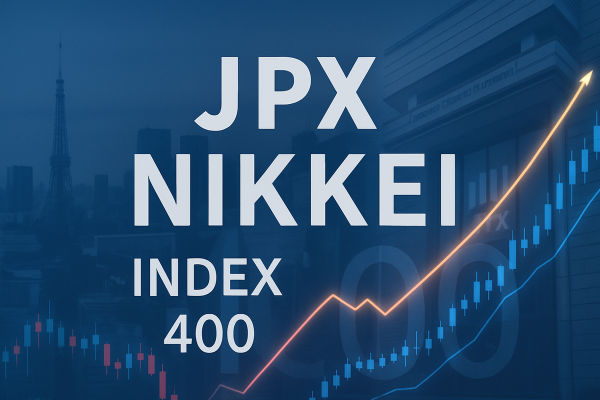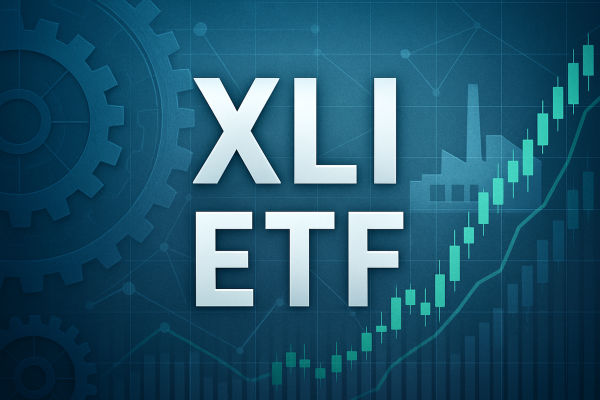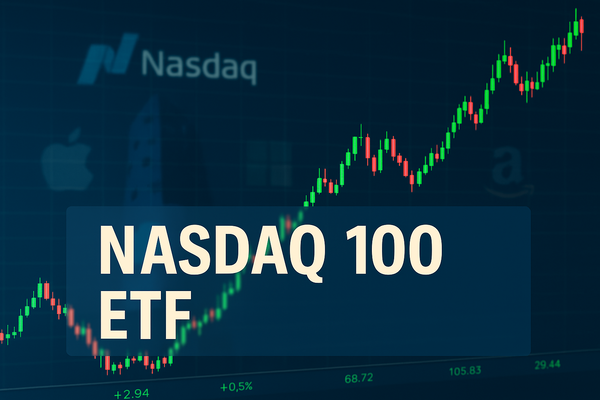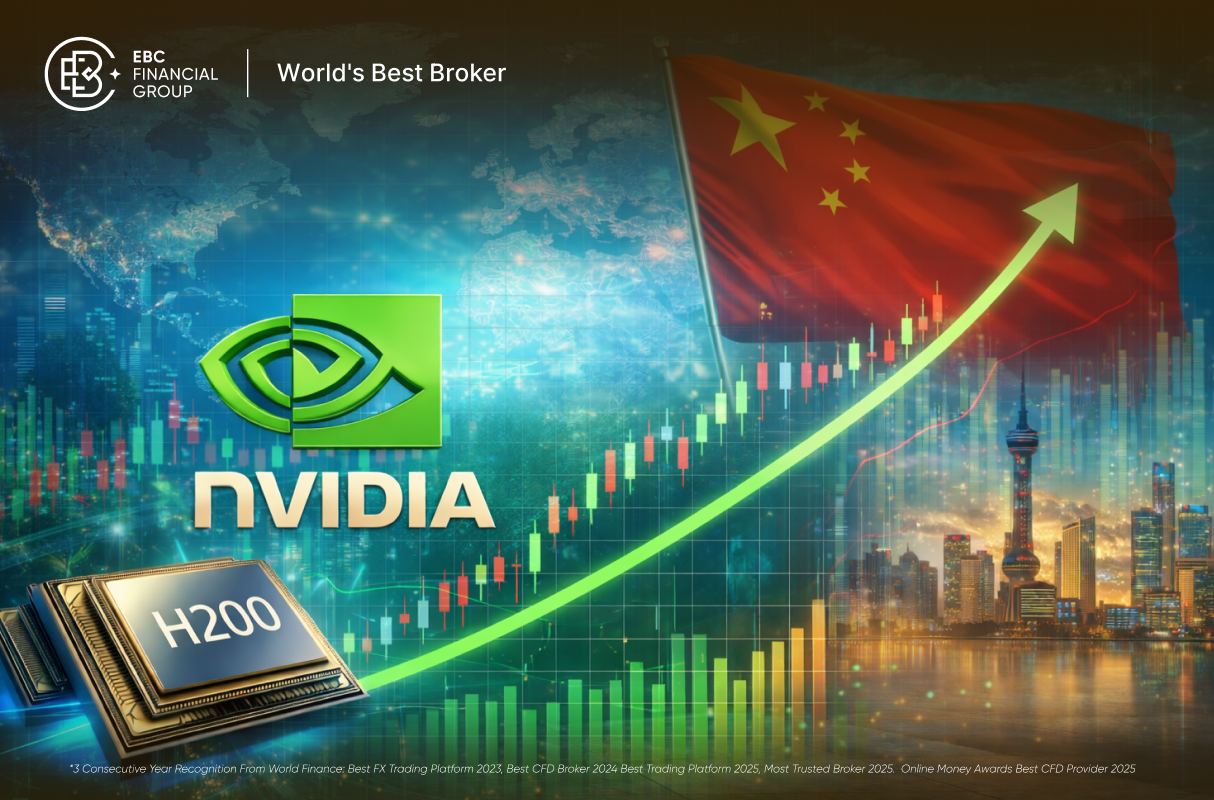When Indian investors think of Japan’s stock market, the Nikkei 225 usually takes the spotlight. However, in recent years, another index has been drawing attention from global traders and institutional investors — the JPX Nikkei Index 400. Introduced as a new standard of corporate quality, this index doesn’t just measure size or trading activity. Instead, it focuses on profitability, efficiency, and shareholder returns — factors that matter deeply in long-term investment strategies.
This makes the JPX Nikkei Index 400 highly relevant for Indian traders and asset managers who want exposure to Japanese equities through a quality lens. In this article, we explore five key facts about the JPX Nikkei index 400 that every serious market participant should understand — from how it’s built to why it matters for global investors today.

Fact 1: The JPX Nikkei Index 400 Was Designed to Reward Quality
Launched in 2014, the JPX Nikkei Index 400 was created with one clear objective — to encourage Japanese companies to become more appealing to global investors. This wasn’t just another index tracking the top companies by market capitalisation or trading volume. Instead, it was meant to showcase businesses that demonstrate profitability, sound financial discipline, and good governance.
This approach marked a strategic shift in Japan’s capital markets. Unlike the Nikkei 225, which is price-weighted and includes companies simply based on stock price movements, the JPX Nikkei Index 400 uses a smart selection methodology. It factors in metrics such as return on equity (ROE), operating profits, and the adoption of international accounting standards. In short, companies must earn their place in this index.
Fact 2: The Index Is Reviewed Annually Using Strict Criteria
Unlike static indices that rarely change composition, the JPX Nikkei Index 400 undergoes an annual review to ensure only companies meeting its performance standards remain listed. This keeps the index dynamic and relevant, reflecting current realities rather than legacy reputations.
The selection process combines financial performance with governance-related screening. Key metrics include three-year average return on equity and cumulative operating profit. Companies also need to meet certain minimums for market liquidity and trading activity. Firms that fail to meet these benchmarks are removed and replaced by better-performing peers.
Fact 3: The JPX Nikkei 400 Has Become a Benchmark for Institutional Funds
Since its introduction, the JPX Nikkei Index 400 has been adopted as a benchmark by several institutional asset managers, including pension funds and global investment firms. It has become symbolic of Japan’s corporate reform movement, which encourages companies to improve capital efficiency and adopt investor-friendly practices.
The fact that pension funds and long-only asset managers are tracking this index speaks volumes. These institutions typically avoid speculative or volatile assets, preferring companies with long-term stability and consistent returns. The JPX Nikkei Index 400 provides them with a ready-made filter, removing the need to conduct deep individual research across thousands of Japanese equities.
Fact 4: The Index Reflects Japan’s Push for Better Governance
Japan has long been seen as a market of large corporations, loyal management teams, and conservative business practices. While this has resulted in stability, it has also led to criticisms around inefficiency, lack of innovation, and poor shareholder returns. The JPX Nikkei Index 400 is part of Japan’s answer to that.
By publicly recognising companies that adopt better governance frameworks, the index promotes behavioural change. Firms are encouraged to publish investor presentations, hold earnings calls, appoint independent directors, and align executive pay with performance. These are practices already common in the US and Europe, but have taken longer to become widespread in Japan.
Fact 5: It Offers Global Exposure Without Speculative Risk
For Indian investors seeking international diversification, Japan often gets overlooked in favour of the US or China. Yet, Japan remains the world’s third-largest economy with deep, liquid equity markets and a strong export-oriented industrial base. The JPX Nikkei Index 400 allows investors to gain exposure to these fundamentals — but with a filter that prioritises stable, profitable, and well-managed businesses.
This is particularly useful for those who want to reduce volatility in their global portfolio. While high-growth indices in tech-heavy regions may offer excitement, they often come with large drawdowns. The JPX Nikkei Index 400, by contrast, includes companies from sectors such as healthcare, machinery, consumer goods, and manufacturing — offering steadier performance over time.

Final Thoughts
The JPX Nikkei Index 400 may not be as widely talked about as the Nikkei 225, but it represents a more refined way to look at Japan’s corporate sector. For Indian investors, it offers a high-quality entry point into a stable yet evolving economy — one that is actively aligning itself with global best practices in transparency, governance, and profitability.
Each of the five facts discussed in this article points to one truth: this index is designed not just to track performance, but to reward it. It isn’t simply a list of big names — it’s a benchmark for companies that are truly investor-friendly.
Whether you're a retail investor exploring global ETFs, a wealth manager building offshore portfolios, or a trader analysing global sentiment, understanding the jpx nikkei Index 400 gives you a clearer picture of where quality lies in Japan’s stock market. It also shows how emerging trends in governance and performance metrics are shaping investment opportunities in Asia — something Indian market participants are increasingly paying attention to.
As Japan continues to open up its markets and improve corporate efficiency, the JPX Nikkei Index 400 will likely become an even more important indicator for global capital flows. And for Indian investors who understand its structure and logic, it offers not just exposure — but insight.
(Disclaimer: This material is for general information purposes only and is not intended as (and should not be considered to be) financial, investment or other advice on which reliance should be placed. No opinion given in the material constitutes a recommendation by EBC or the author that any particular investment, security, transaction or investment strategy is suitable for any specific person.)




























